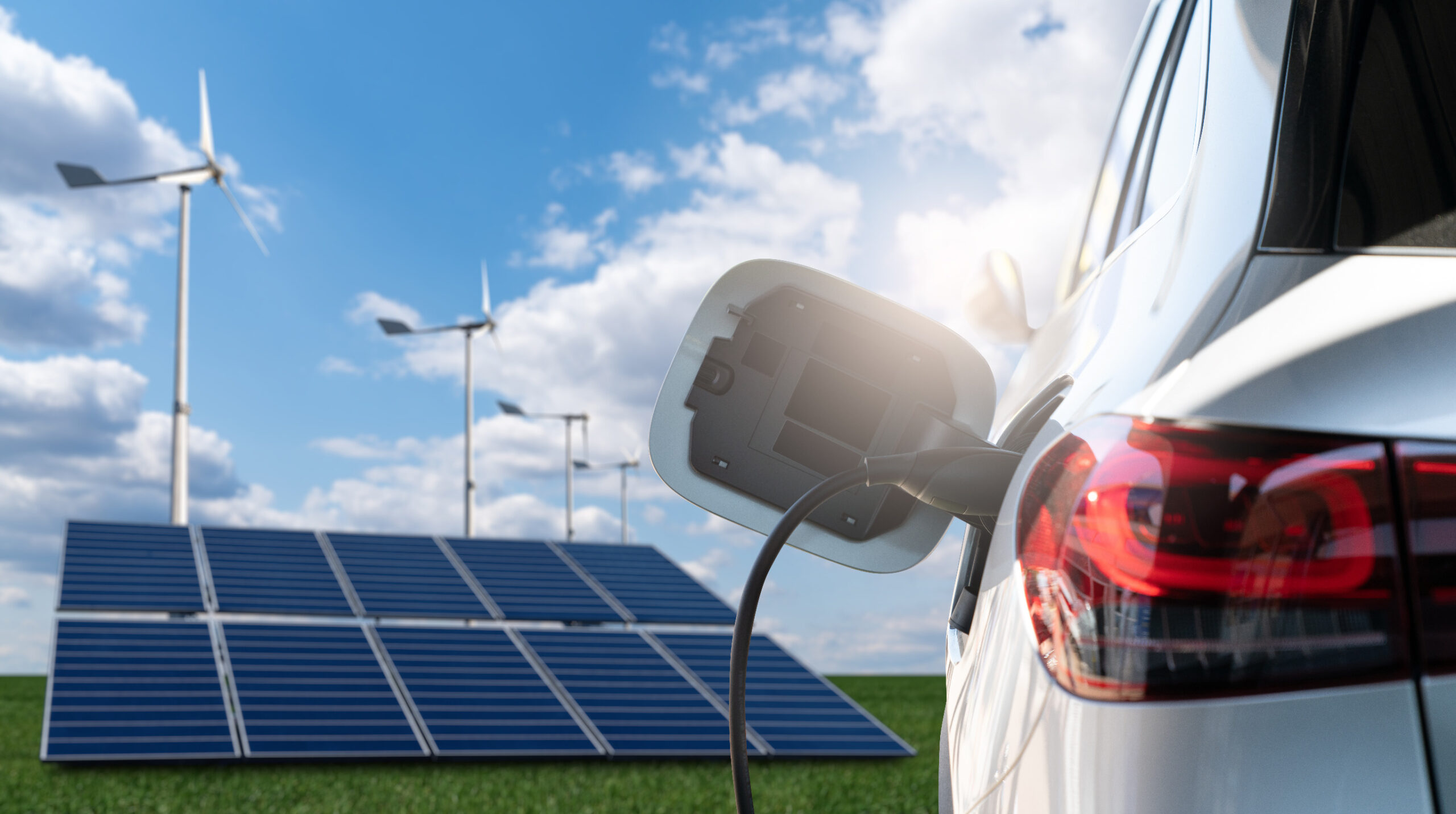Surprise!
It appears that technological developments and federal government programs that were touted to make our lives more efficient, address energy needs, and finally save the planet from the ravages of climate change aren’t working out quite as promoted.
Some of them, in fact, are making almost everything worse – a looming energy shortage that portends leaving domestic and commercial consumers literally in the dark.
Expect the use of artificial intelligence (AI) by power-hungry government agencies to centrally monitor and control more and more aspects of our daily lives with an ant farm economy while also imposing huge additional power demands.
Be prepared to have millions of EPA-mandated electric vehicles (EVs) and tens of thousands of federally subsidized recharging stations added to ancient distribution grids never designed for such loads.
Further, add government Environmental Social Guidance (ESG) pressures on energy investors to replace reliable existing systems that provide abundant fuel and electricity we count on with anemic, weather-dependent, short-life systems that don’t at a time when energy demands are ramping up dramatically along with costs.
U.S. electricity demand growth projections over the next five years have doubled from a year ago.
PJM Interconnection, a utility that operates the wholesale power market across 13 Midwest and Northeast states, recently doubled its 15-year annual demand growth forecast in its service regions.
The company has projected a 10-gigawatt increase in power demand by 2029, about twice the current daily amount consumed in Manhattan.
Meanwhile, as New York shuts down nuclear and fossil fuel power in favor of wind and solar, a new upstate Micron chip factory to supply EVs is projected to require as much power by the 2040s as New Hampshire and Vermont combined.
Citing growth in new industries such as EV and battery factories, a recent forecast by Georgia Power recently projected a 17-fold increase in its winter demand by 2031.
AEP Ohio warns that new data centers and Intel’s planned $20 billion chip plant will strain its grid as well because chip factories and data centers can consume 100 times more power than typical businesses.
Electricity demand by data centers is projected to increase by 13% to 15% compounded annually through 2030. That power is needed around the clock, 24/7, competing with nighttime EV recharging demands, particularly when there is no sunlight and the wind isn’t blowing.
According to CBRE Group, a commercial real estate firm, a current power supply shortage is already delaying the opening of new data centers by two to six years.
This circumstance has prompted Amazon to purchase a data center in Pennsylvania powered by an on-site 2.5-gigawatt nuclear plant.
The gap between power demand and supply will rapidly expand as existing fossil fuel plants are retired, with PJM’s market monitor warning that they might lose up to 30% of their installed capacity by 2030.
The company blames much of this on “the role of states and the federal government in subsidizing resources and in environmental regulation,” adding, “The simple fact is that the sources of new capacity that could fully replace the retiring capacity have not been clearly identified.”
Transitioning to renewables, which are characteristically located far remotely from metropolitan hubs and industrial centers, offers no near-term salvation given that it typically takes 10 to 12 years to create the long transmission lines needed to connect with power grids.
The Wall Street Journal notes that about 20 gigawatts of fossil fuel power are scheduled to retire over the next two years — enough to power 15 million homes — including a large natural gas plant in Massachusetts that serves as a crucial source of electricity in cold snaps.
Whereas some of those plants have exhausted their useful lifespans, the onslaught of costly regulation is cited as an even bigger cause, including a soon-to-be-finalized EPA rule requiring natural gas plants to install expensive and unproven carbon capture systems.
Although the cost of producing steady, reliable power from natural gas is roughly the same as using intermittent, unpredictable wind and solar, huge government subsidies afforded to the latter through the ironically named “Inflation Reduction Act” (IRA), make it harder for both fossil fuel and nuclear plants to compete.
IRA tax credits can offset up to 50% of a renewable operator’s costs.
Such policies have put utilities and the energy-consuming public in a no-win “Catch 22” dilemma.
While the intermittent and unreliable nature of renewables makes it necessary to have a “spinning reserve” of fossil or nuclear energy available to keep power grids balanced second-by second with reserve capacity to supply extended baseload needs, depleted and unprofitable markets make it increasingly difficult to do so.
Many Texans will painfully recall the week-long February 2021 power outage when frigid temperatures froze wind turbines.
The Wall Street Journal quotes Federal Energy Regulatory Commissioner Mark Christie offering some basic math: “We are subtracting dispatchable [fossil fuel] resources at a pace that’s not sustainable, and we can’t build dispatchable resources to replace the dispatchable resources we’re shutting down.”
In short, federal policies aimed at shutting down energy we depend on in exchange for paltry and non-existent alternatives and benefits as demands skyrocket don’t add up.
This article originally appeared at NewsMax
